STRONG AND STABLE
Mining has been one of the most exciting sectors in the Ghanaian economy for
centuries. The mineral wealth in the country was what led to it being named the “Gold Coast” prior to independence.
The mining industry is a main contributor to the Ghanaian economy as it provides about 19 per cent of all direct tax payments in the country as well as 37 per cent of export revenues. Following the Economic Recovery Programme in the 1980s, the sector was liberalised to reduce government’s participation and encourage private sector involvement. Since then, many global players have been attracted into Ghana’s mining sector. Foreign investors in the mining sector are not mandated to have local participation by law as it exists in other extractive industries. Though foreign companies are not mandated to have local participation, small scale mining is reserved for Ghanaians.
Ghana produces commercial quantities of gold, bauxite, manganese, diamonds, and iron ore. The mining sector is however dominated by gold production. The country is the highest gold producer in Africa and one of the top ten gold producers in the world. Gold accounts for about 95% of the country’s mineral revenue. The country also has deposits of limestone, feldspar, quartz and columbite tantalite which require further exploration and exploitation. The country has one of the largest bauxite reserves of an estimated 960 million tonnes valued at about USD460 billion. The Nsuta manganese mine also has about 45 million tonnes of reserves which has one of the highest manganese-to-iron ratios in the world, making it suited for the production of alloy and manganese metal.
Ghana’s production, purchases and shipments of its traditional minerals were subdued in 2020 compared to the preceding year owing to the spill over effects of the Covid-19 pandemic. The sector however saw an increase in its contribution to the nation’s fiscal purse, increasing from GHs4.013 billion in 2019 to GHs4.172 billion in 2020, thereby maintaining its position as the leading source of domestic revenue. This increase in fiscal revenue contribution was as a result of an increase in receipts from mineral royalties. The production of bauxite saw an increase in 2020 compared to that of 2019 by 4.1 per cent while the other major minerals (gold, manganese and diamond) saw a decline in production of 2.6 per cent, 9.68 per cent and 24.24 per cent respectively for 2020. The decline in mineral production is attributed to the contraction in the production by most mines due to the effects of the Covid pandemic, mine specific factors and the outcome of government’s “stop and start” directives to the mines which led to a suspension in production within the first quarter of 2020.
The government is seeking to encourage local value addition to minerals. A gold refinery is to be set up under a public-private partnership that will refine about 400 kilogrammes of gold daily. The refinery is fully funded by the Indian company, with government holding equity, which is expected to be brought to parity with the company after some years of operation. The Ghana Integrated Aluminium Development Corporation (GIADEC) has also chosen a strategic partner to implement Project 2, development of a mine at Nyinahin Mpasaaso and a refinery as part of activities under the Integrated Aluminium Industry envisioned by the government. Other reforms in the sector include the reduction of the mandatory withholding tax at the point of export through the Precious Minerals Marketing Company (PMMC) from 3 to 1.5 per cent and the inauguration of a Mining Sector Roads Rehabilitation Secretariat to improve roads in the mining communities in the Western Region.


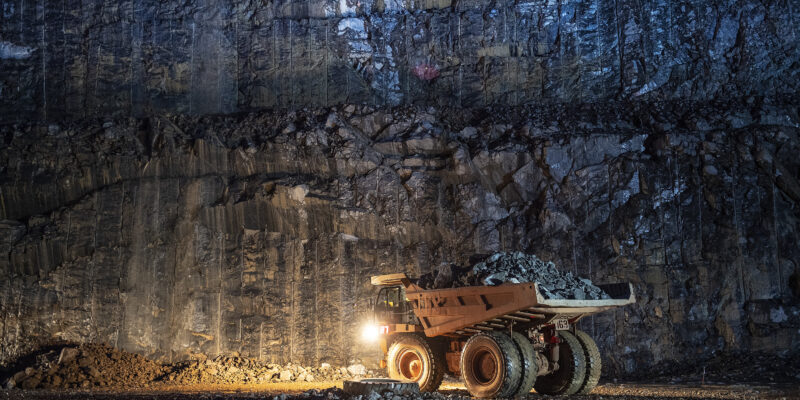
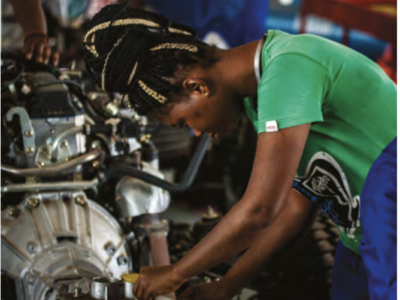
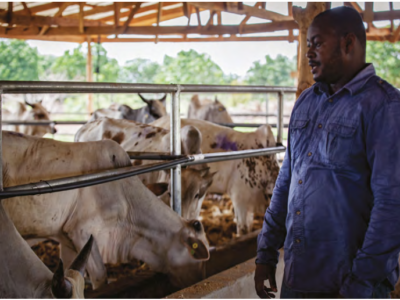



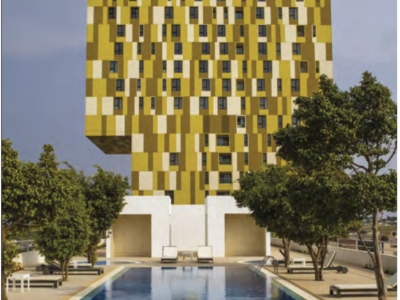



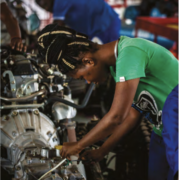
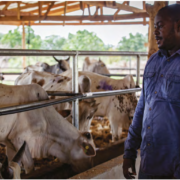
Comments